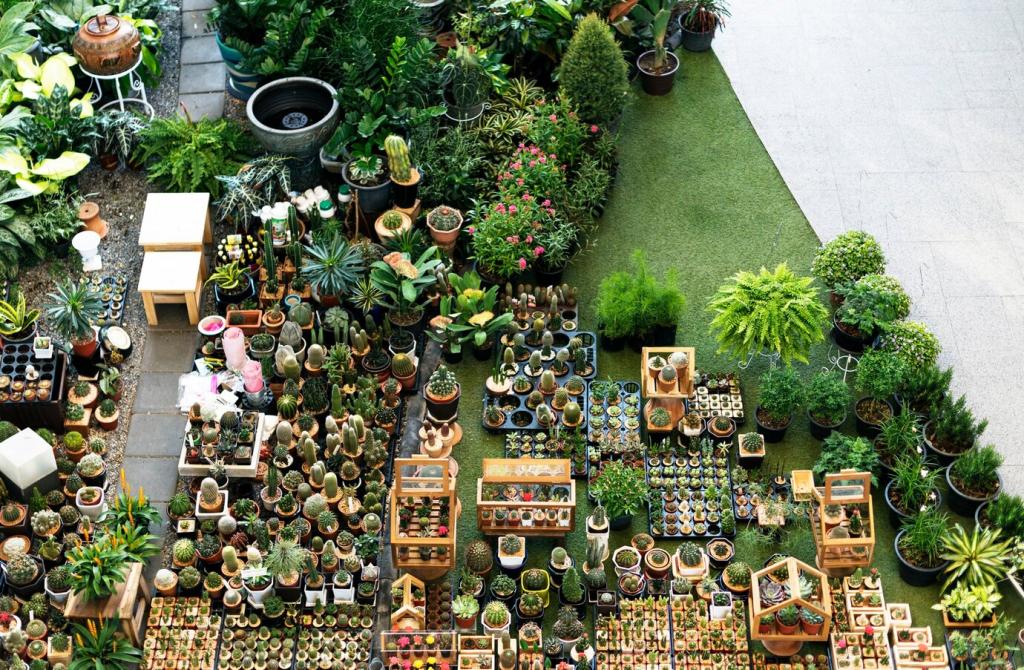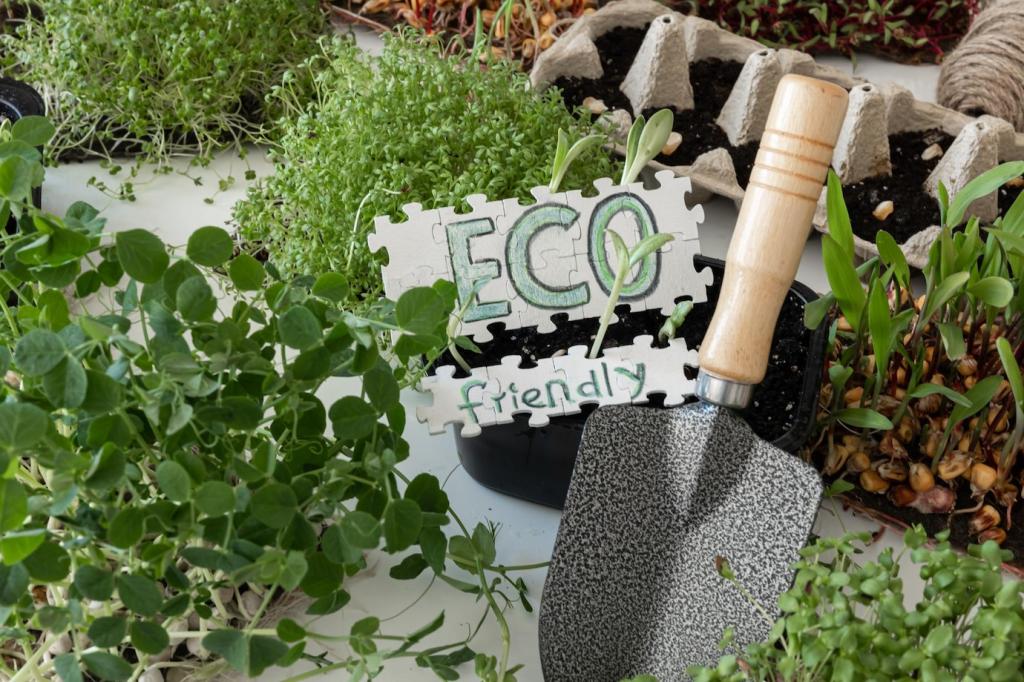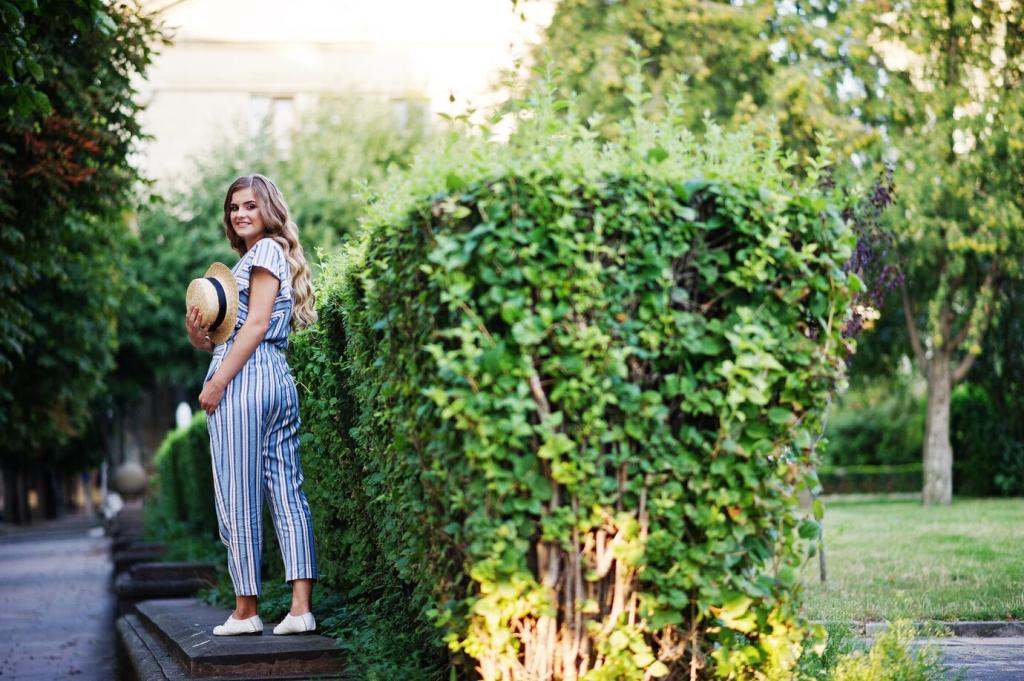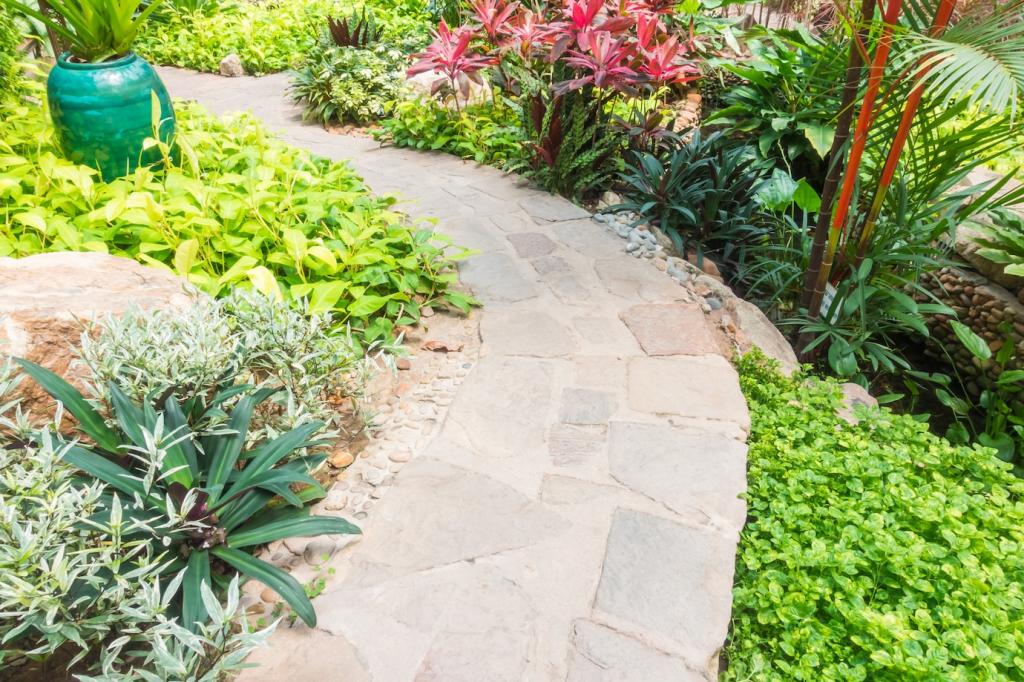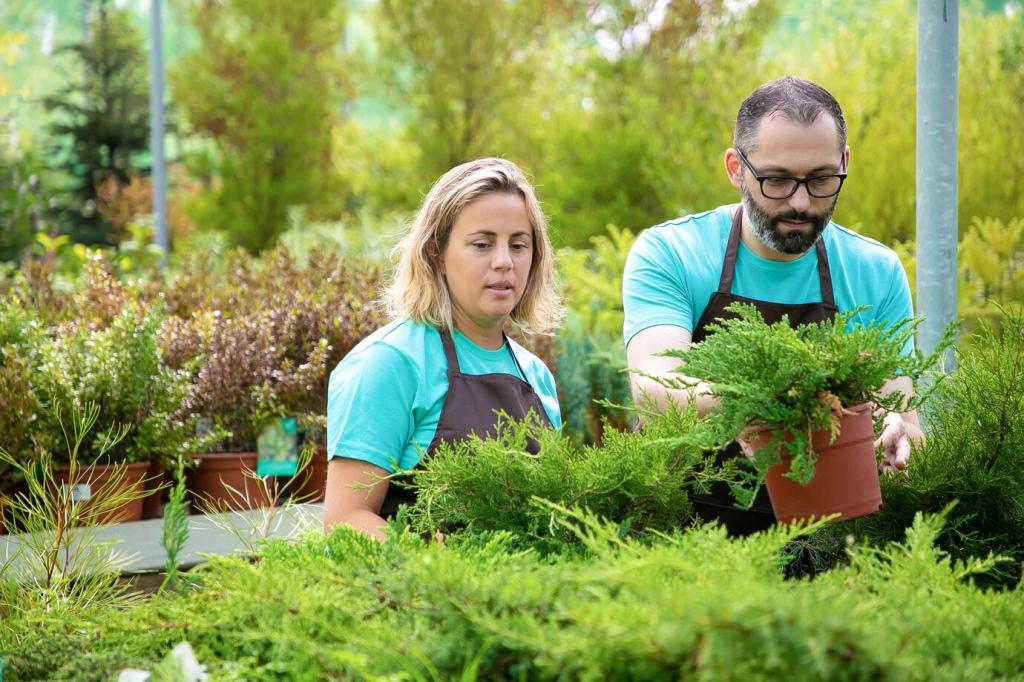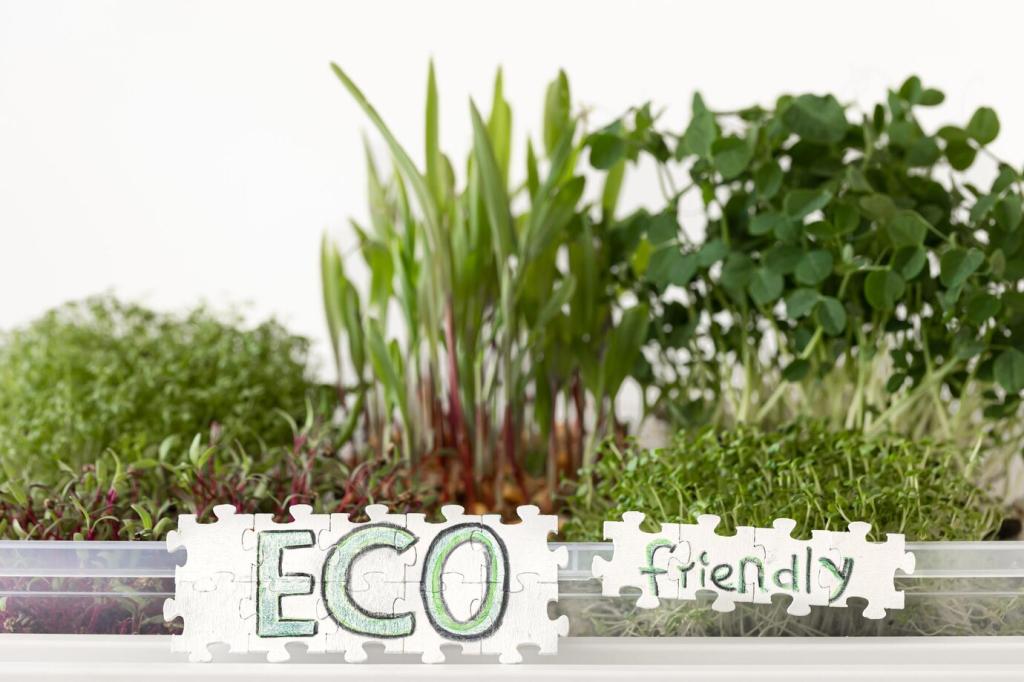Ethical Sourcing and Avoiding Invasives
Seek native-focused nurseries, plant sales run by botanical gardens, or your state’s native plant society. Ask about regional ecotypes and pesticide-free stock. One garden club order can seed an entire block of habitat. Tell us your city, and we’ll help compile a reader-sourced list of trusted suppliers.
Ethical Sourcing and Avoiding Invasives
Cultivated forms can be beautiful, but some altered colors or shapes reduce nectar access. Straight species often best serve wildlife. Mix thoughtfully: use nativars where research supports pollinator value. Curious about a specific cultivar? Drop its name below, and we’ll weigh the pros and cons together.


